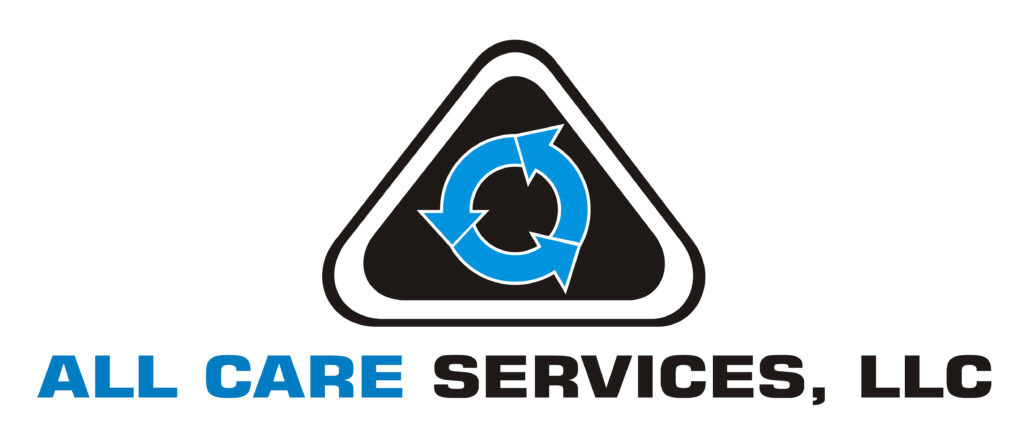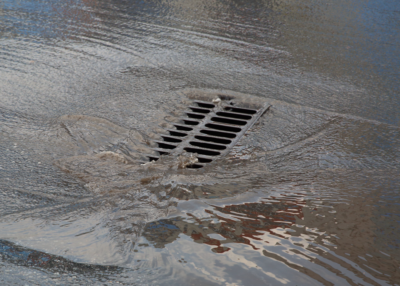Regular street sweeping and timely catch basin cleaning removes accumulated sediments, trash, and debris and reduces the amount of pollutants entering our waterbodies. Catch basin cleaning also reduces local flooding. Best Management Practices (BMPs) for street sweeping are a necessary part of a successful stormwater management plan. All Care Sweeping can help you navigate these tricky waters and ensure your compliance with stormwater regulations.
What is Street Sweeping & Catch Basin Cleaning?
• Street sweeping removes materials such as sand, salt, leaves, broken glass, small pieces of metal, and other litter and debris. This mechanical removal from streets, parking lots and sidewalks prevents these materials from being washed into storm sewers and waterways, and improves the appearance and safety of public roadways. Street sweeping removes debris that are not as clean and can contain low levels of chemical compounds associated with stormwater runoff.
• Catch basin cleaning removes the materials such as sand, silt, leaves, and debris that accumulate in catch basins. The material removed from catch basins will often contain a higher percentage of fine-grained material such as silt and clay. Debris removed from catch basins is usually wet and have higher organic content from decomposing wet leaves than debris removed via street sweeping. Catch basin debris often has higher levels of pollutants than debris removed by street sweeping. The finer grained sediments in catch basins and other drainage structures adsorb more metals and other pollutants than the coarser sand typically removed by street sweeping. In short, both processes are critical to the cleanliness and safety of your paved surfaces.
When Do You Sweep?
It is recommended that municipalities conduct street sweeping as soon as possible after snow melt. The longer sand is on the road, the more the coarse sand particles are abraded, rounded and reduced in size. Since the finer particles are more likely to absorb pollutants, prompt sweeping reduces not only the amount of silt levels in catch basins and watercourses but also reduces the amount of pollutants entering surface water bodies.
Prompt spring cleanup also reduces the amount of incidental debris associated with the sand. Prompt pick up before the sand is rounded and abraded also increases the opportunity to reuse the material for road sanding the following winter by blending a portion of the sweepings, after processing, into new street sand.
When Do You Clean Catch Basins?
Municipalities are advised to develop and implement a program to evaluate and clean catch basins and other stormwater structures that accumulate sediment at least once a year, including a provision to identify and prioritize those structures that may require cleaning more than once a year. This task is a required condition of the “pollution prevention/good housekeeping for municipal operations” section in the development of a well constructed municipal stormwater management plan.
Late Fall/Early Winter is an ideal time to clean basins, after the leaves have fallen and before the first snowfall. Then, another cleaning in the spring is helpful to remove the buildup of sand, leaves, and other debris that accumulated during the winter months. Areas which may contribute to higher pollutant loadings or which discharge to surface waters should be cleaned more frequently.
For more information, Call or Click the experts at All Care Sweeping today!

